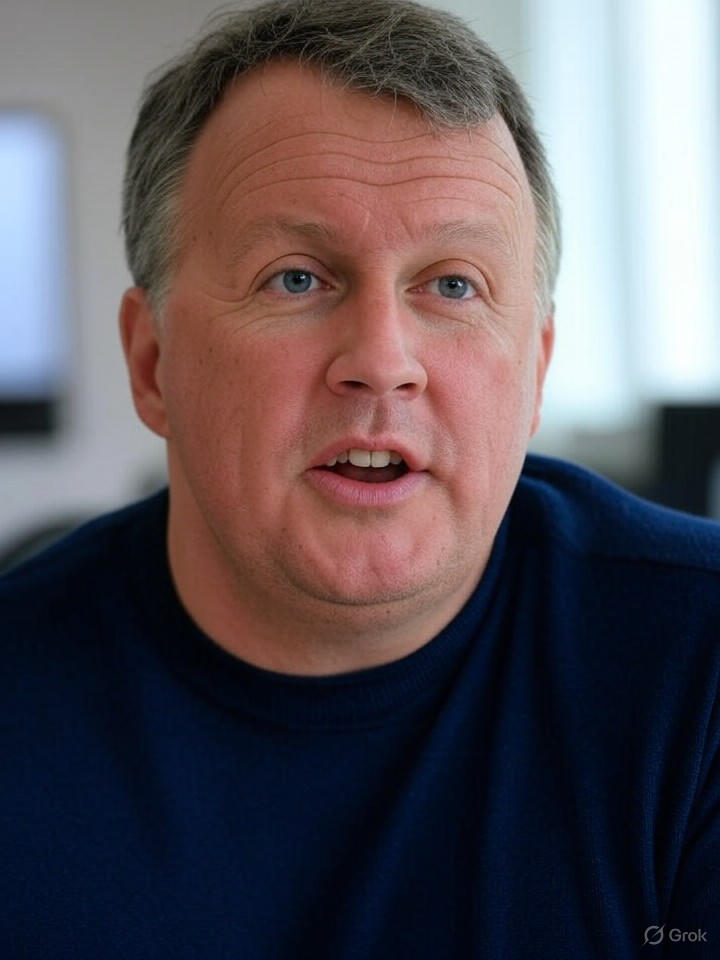In the rapidly evolving world of technology, where artificial intelligence is reshaping industries, Y Combinator founder Paul Graham has offered a provocative take on job security. In a recent post on X, Graham argued that instead of fixating on which professions might evade AI disruption, workers should focus on positioning themselves at the forefront of innovation. This perspective comes amid growing concerns that AI tools are automating routine tasks, particularly in fields like programming.
Graham, known for his influential essays and startup insights, emphasized that entry-level coding roles are especially vulnerable. He suggested that the key to safeguarding one’s career lies in becoming indispensable by tackling complex, creative problems that AI cannot yet handle effectively.
Navigating AI’s Impact on Entry-Level Roles
Drawing from his experience nurturing tech startups, Graham pointed out that AI excels at handling repetitive coding tasks, which could erode demand for junior developers. According to a report in Business Insider, he described these “bottom-end” programming jobs as increasingly at risk, urging aspiring tech professionals to aim higher by mastering advanced skills or pioneering new applications.
This warning aligns with broader trends in the tech sector, where AI adoption is accelerating. For instance, companies like Microsoft and Intel have already initiated layoffs tied to AI efficiencies, contributing to over 130,000 job cuts in Silicon Valley this year alone.
The Broader Implications for White-Collar Work
Beyond programming, Graham’s advice extends to other knowledge-based professions, implying a need for continuous upskilling. He posits that AI will not eliminate jobs wholesale but will transform them, rewarding those who integrate the technology into their workflows rather than resisting it.
Supporting this view, a former Google executive, Mo Gawdat, recently predicted in Business Insider that AI could replace most white-collar roles by 2027, starting with podcasters, developers, and even CEOs, leading to a potential “short-term dystopia” without adaptation.
Strategies for Future-Proofing Careers
To counter these threats, Graham advocates for a mindset shift: treat AI as a tool to amplify human capabilities. He recommends focusing on domains requiring nuanced judgment, such as ethical AI development or interdisciplinary problem-solving, where machines lag behind.
This echoes findings from Business Insider‘s analysis of the AI job market, which forecasts growth in roles involving AI implementation, sales, and ethics, even as automation displaces others. Demand for AI-skilled talent is expected to snowball in 2025, benefiting those who pivot early.
Lessons from Past Tech Disruptions
Graham’s commentary also draws parallels to historical tech shifts, like the dot-com era, where adaptability proved crucial. Economist Paul Krugman, in a piece for Business Insider, likened the current AI boom to the internet bubble, warning of potential crashes but noting that politically connected tech leaders might secure bailouts.
Yet, Graham remains optimistic, suggesting that innovation-driven workers will thrive. His own track record, including recent investments like the seed round for AI startup Tesseral as reported by EasyVC, underscores his belief in human-AI synergy.
Preparing for an AI-Dominated Future
For industry insiders, the takeaway is clear: complacency is the real enemy. Young tech workers, facing rising unemployment rates as highlighted in a Business Insider article citing Goldman Sachs data, must prioritize lifelong learning.
Institutions like Nexford University, in their insights on AI’s effects through 2030, stress that tools like ChatGPT are just the beginning, urging professionals to build expertise in data analysis and creative AI applications to stay relevant.
In essence, Graham’s guidance serves as a roadmap for resilience in an AI-driven economy, emphasizing that the jobs of tomorrow belong to those who evolve today, blending human ingenuity with technological prowess to outpace automation’s reach.




 WebProNews is an iEntry Publication
WebProNews is an iEntry Publication